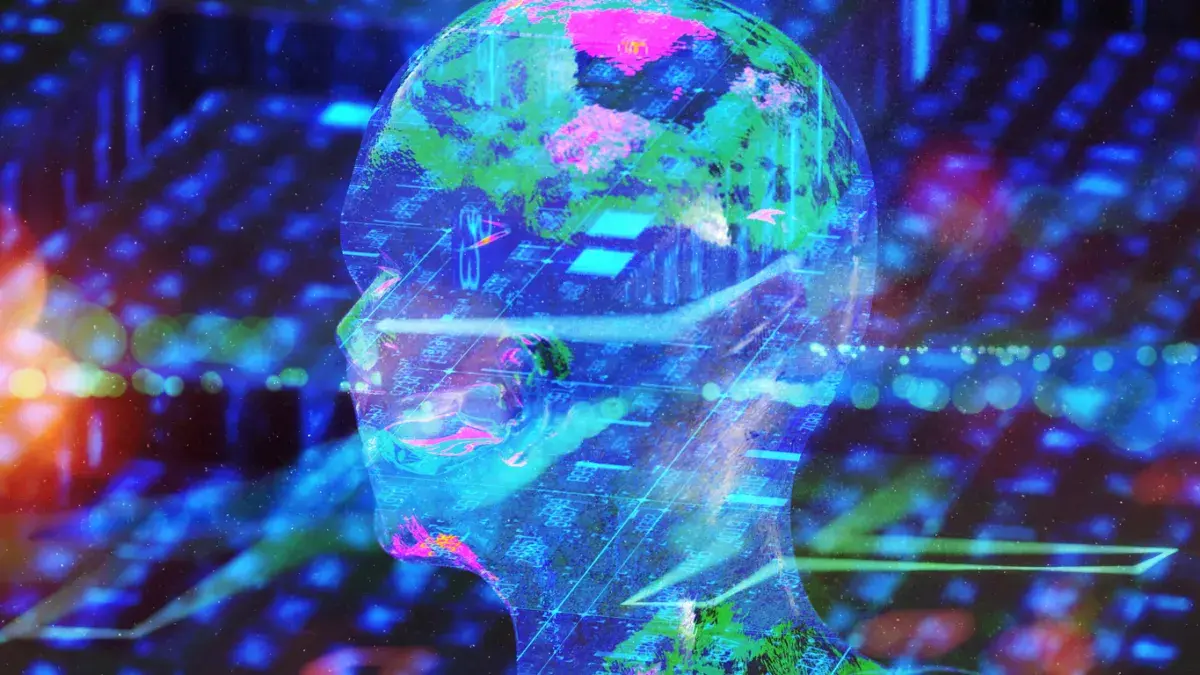
Artificial Intelligence has arrived in design conversations, and it’s making some professionals uneasy. It promises speed, efficiency, and automation. But it also raises questions about creativity, empathy, and job security.
If the DJ 3000 from The Simpsons was a parody of tech’s potential to replace humans with machine-made chatter, then today’s AI tools risk doing the same to UX, delivering polished but impersonal experiences that lack depth, nuance and care.
The future of UX in an AI-driven world is not about resisting the technology. It’s about using it with purpose, and knowing where it adds value, and where it falls short.
Let’s break it down.
Where AI supports great UX
1. Automating the predictable
For common UX challenges, signup forms, dashboards, and pricing pages, AI can help rapidly generate effective, accessible layouts. When patterns are established and best practices are clear, AI brings speed and consistency.
2. Data-led decision-making
AI thrives on large datasets. It can identify bottlenecks, reveal behavioural trends, and support data-informed design changes. From conversion optimisation to journey mapping, AI offers analysis that can strengthen every UX decision.
3. Faster prototyping and iteration
With the right inputs, AI can translate research insights into interface options. This accelerates early-stage testing and allows teams to iterate more quickly, anchoring creativity in user behaviour, not guesswork.
In these areas, AI acts as a multiplier: reducing manual effort, increasing output, and helping designers move faster with confidence.
Where AI misses the mark
1. Empathy isn’t synthetic
AI can mimic tone. It can write in a voice. But it cannot truly understand what users are feeling. UX is about solving problems, but also about seeing the world through someone else’s eyes. That perspective can’t be automated.
2. Bias gets built in
AI reflects the data it’s trained on. And that data often contains our worst habits: bias based on race, gender, ability, or age. Without careful intervention, AI can entrench exclusion rather than challenge it.
3. Fairness is a design principle, not a side effect
From facial recognition to voice tech, AI has already shown how damaging uncritical design can be. The consequences aren’t cosmetic, they’re ethical. UX teams must stay accountable for the fairness of the experiences they build.
AI can support progress. But it can’t take the place of human responsibility.
A helpful reminder from Douglas Adams
Douglas Adams once wrote:
- Anything in the world when you’re born is normal
- Anything invented between the ages of 15 and 35 is exciting
- Anything invented after 35 feels unnatural and threatening
AI might feel thrilling or overwhelming, depending on where you sit. But it isn’t magical, and it isn’t sentient. Its value in UX depends entirely on how it’s used.
The bottom line
Artificial intelligence is powerful. But it isn’t human. And real UX, great UX, requires distinctly human qualities:
- Curiosity to understand what’s behind the data
- Empathy to caring about how people feel
- Fairness to include everyone in the experience
- Judgment to know when to automate, and when not to
AI can help us work smarter. But it can’t replace the values at the heart of great design.
Because if the product you’re building starts to sound like a parody, the problem isn’t the tool. It’s the choices made with it.
AI will shape the future of UX. But it’s still up to humans to design it, responsibly, creatively, and with purpose.


